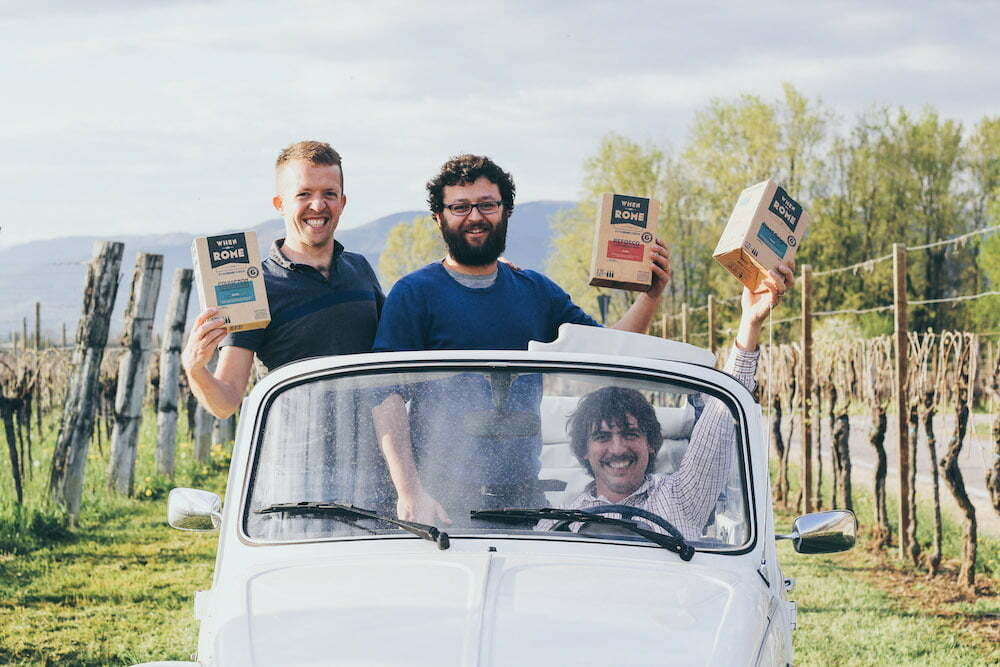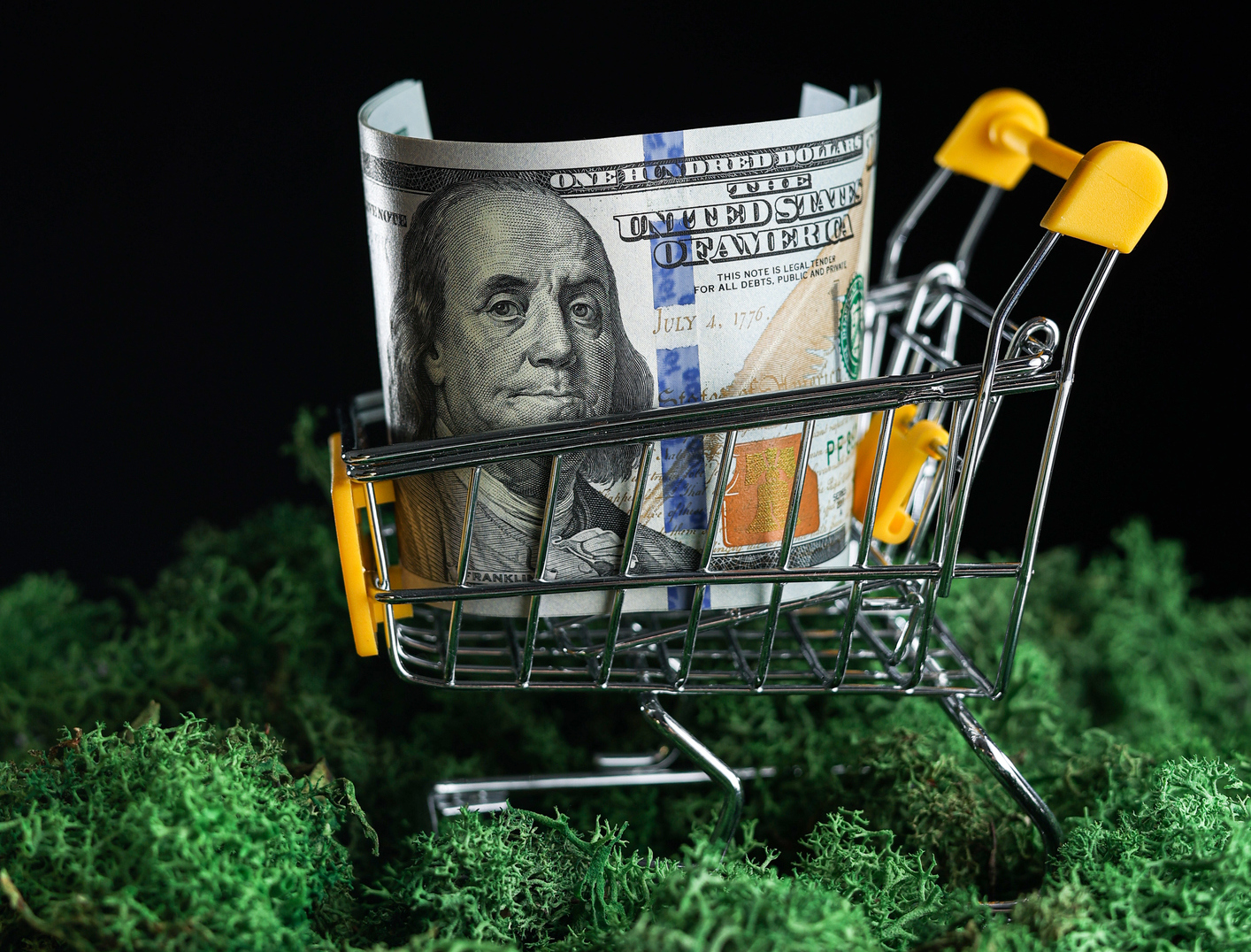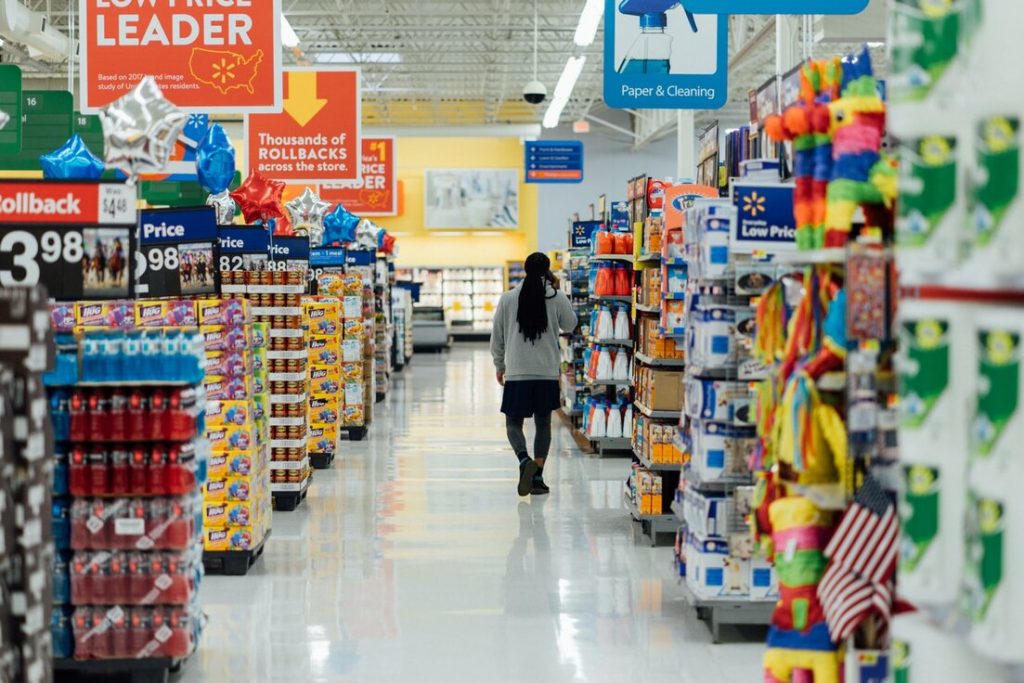Unboxing climate footprinting with When in Rome
This fall, When in Rome became the first wine brand in the UK to go public with their climate footprint. The wine brand set out to redefine bag-in-box wine – and they have good reasons for doing it. For starters, they reduced their climate footprint by 41%, simply by swapping their packaging to carton. Secondly, When in Rome wants to recreate the authentic Italian experience for wine enthusiasts in the UK – is the box part of that? Yes, it is! Rob Malin, CEO of When in Rome, tells us more.

I love Italy more than I love wine. When I lived there and I saw how Italians used to buy wine in rural areas: They would drive to wineries with refillable containers, empty bottles, anything they had, and buy tap wine through a pump. It just got me thinking about the heavy glass bottles wine is sold and packaged in non-Italian markets. Not only does that have a huge environmental cost but consumers are also not getting the right experience.
Rob Malin
CEO, When In RomeThis vivid image ignited the idea behind When in Rome. An authentic quality Italian wine in bag-in-box packaging. For When in Rome, their value delivery and the environmental impact go hand-in-hand in their mission: To recreate the real Italian wine experience with the minimum climate impact.
Minimum climate impact with maximum transparency
So how can When in Rome achieve the ‘minimum climate impact’ part? As a start, with transparency. It was that value of transparency that Rob saw in CarbonCloud’s climate footprints:
The wine business is an immense polluter, and we are not going to minimize that or greenwash it away by claiming a grand and false ‘carbon neutral’. There is an excess of carbon in the atmosphere that is the cause of climate change. The single value in CarbonCloud’s climate footprints makes it so easy to understand the connection. We want to build our consumers’ trust with climate footprints: Tell them exactly what environmental impact wine has and what we are doing to minimize it.
Beyond transparency, Rob also observed his own reaction to the climate footprint of his products.
‘0.69 kilograms of CO2e per one kilogram of product’. That completely stuck in my head and I’ve been amazed myself at how quickly I began to benchmark it against other things. I think people will look at climate footprints the same way they look at calories or sugar levels.
Newsletter to-go?
Our special today is our Newsletter, including snackable tips, hearty climate knowledge, and digestible industry news delivered to your inbox
Capturing the need for climate footprinting
When in Rome was quick to respond to the zeitgeist of climate footprints. Rob explains that when he investigated entering the Nordic markets, he discovered the high market penetration of bag-in-box wine. One reason for this is that Nordic alcohol monopolies factor the climate impact of their potential suppliers into their distribution decisions. In parallel, When in Rome was already a sponsor to the greenest football team in the world, Forest Green Rovers. Within When in Rome’s network, the demand and commitment for an accurate calculation of their climate footprints were high. An early adopter in essence, When in Rome responded fast. Rob tells us:
Upcoming legislations aside, I want to get ahead of the game. We know bag-in-box wine has a climate advantage, so we are going to shout it to the world. At the same time, we are making a commitment to improve, and we are not taking this decision lightly. It is a competitive start to move quicker into alternative wine formats, like bag-in-box.

Climate efforts do not end at packaging
Choosing the bag-in-box format is an evident climate advantage: The box as a packaging choice accounts for approximately 10% of the total climate footprint of the product; In glass bottle wines, the packaging percentage is at approximately 45% of the total climate footprint. The switch reduces When in Rome’s climate footprint by 41%. Rob was surprised by the remaining 69% and particularly, the impact of agriculture. True to When in Rome’s commitment, Rob is transparent on these numbers and has a foundation to start acting.
Something we did not expect was how significant agriculture was in the lifecycle analysis. Our wine comes from small producers in Southern Italy who are seeing the effects of climate change in their work but may not be that apt to act on it. We want to be able to go to our producers and transport partners, show them the data, and focus our efforts on improving together. This is the next natural step with our climate footprint data from CarbonCloud.
A retailer on board with climate footprinting
Rob firmly believes that the consumers will respond to the transparent communication of When in Rome’s climate footprints. Nevertheless, he describes that his belief was not as firm regarding their partners in retail. In this, Rob was pleasantly surprised – and we enjoyed the fascinating story:
Previously, all alternative environmental formats were grouped together in one small aisle for special buyers. We challenged that thinking of our retail partner with climate footprints and they have really risen to the challenge. With a climate footprint label, you get a single, collective value – you cannot argue with that value on a moral level. I was expecting our retail partner to be intimidated by this, but they thought it was great! They set out to challenge their other suppliers into disclosing their climate footprints and it is really encouraging!
Rob continues that the retailer’s positive response encouraged When in Rome to put the climate footprints on all their products. The retail partner will include When in Rome’s initiative in a large-scale climate communication rollout at the end of the year (stay tuned for more!). What Rob knows for sure is that the consumers will respond.
Climate footprint has significantly changed the tone with which we speak to our consumers. We will have some interesting consumer messaging to deal with and equally interesting feedback!
When in Rome unbox a true Italian wine experience and a noble yet raw commitment to consumer and wine industry transparency. We are counting seconds until When in Rome turns into the wine industry example. 3… 2… 1.
Related Posts
How to set SBTi FLAG targets – The Food Edition
The Forest Land and Agriculture Guidance from SBTi had retailers and food producers on the edge of their seats until its release in September 2022. Since April 2023 FLAG targets are a requirement and
Comparing apples & oranges: Climate footprints of 10,000 food products revealed
ClimateHub, the free-access carbon footprint database by CarbonCloud, digitally releases the climate footprint of 10,000 branded food and beverage products at the American grocery store shelves. Ahead
Sustainability claims: A 56% growth opportunity for food producers and retailers
Attributing sustainability claims to sales growth has been a year-long quest with loose results for the food industry. A new market report puts the quest to rest, providing 5-year-long evidence that s
Retailer climate targets: What’s coming for suppliers?
You spoke; we listened. When we asked food product and brand owners what their biggest pains are, their response was loud and clear: Retailers. Getting listed, pitching, branding, competitive edge,







